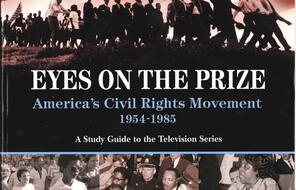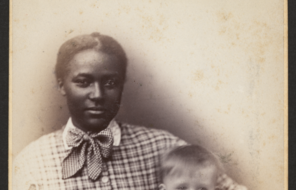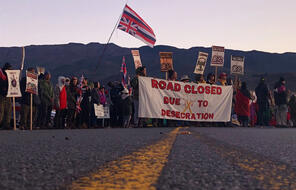
Black Women’s Activism and the Long History Behind #MeToo
At a Glance
Language
English — USSubject
- Civics & Citizenship
- History
Grade
6–12- Resistance
Overview
About This Mini-Lesson
In a powerful speech at the 2018 Golden Globes, Oprah Winfrey framed the #MeToo movement as the latest episode in a long history of women’s resistance to sexual harassment and violence. Her speech was also notable for emphasizing the activism of racially and economically marginalized women, including Recy Taylor, who died in 2017 at the age of 98. Taylor’s determination to seek justice for her rape in Jim Crow-era Alabama set the stage for the civil rights movement and in many ways, today’s modern #MeToo movement. The Me Too campaign was created in 2007 by Tarana Burke, a Black woman following in the footsteps of Recy Taylor and Rosa Parks.
Use this mini-lesson as an entry point into Taylor’s story and the long history of black women’s activism against sexual violence and harassment.
Preparing to Teach
A Note to Teachers
Before teaching this mini-lesson, please review the following information to help guide your preparation process.
Activities
Activities
Materials and Downloads
Resources from Other Organizations
Unlimited Access to Learning. More Added Every Month.
Facing History & Ourselves is designed for educators who want to help students explore identity, think critically, grow emotionally, act ethically, and participate in civic life. It’s hard work, so we’ve developed some go-to professional learning opportunities to help you along the way.
Exploring ELA Text Selection with Julia Torres
On-Demand

Working for Justice, Equity and Civic Agency in Our Schools: A Conversation with Clint Smith
On-Demand

Centering Student Voices to Build Community and Agency
On-Demand















